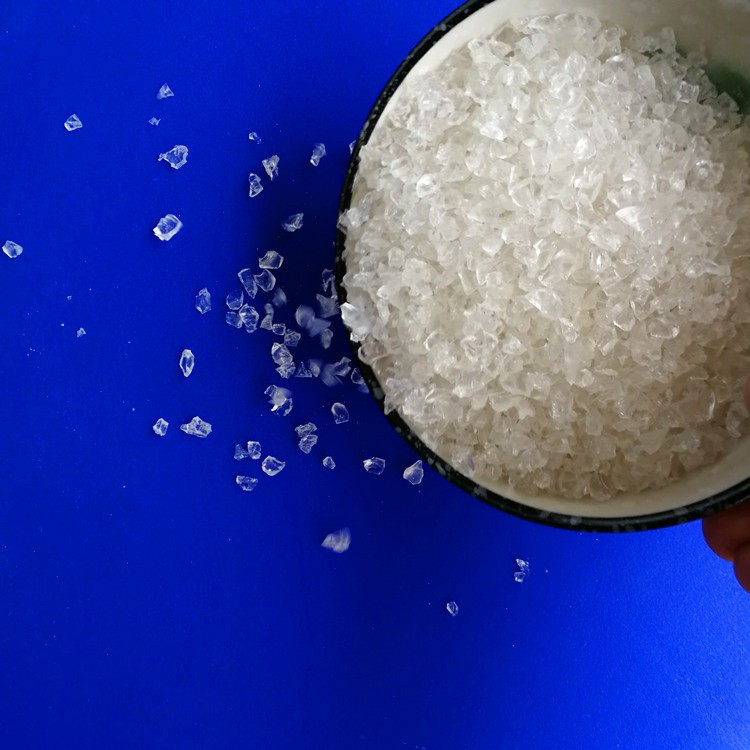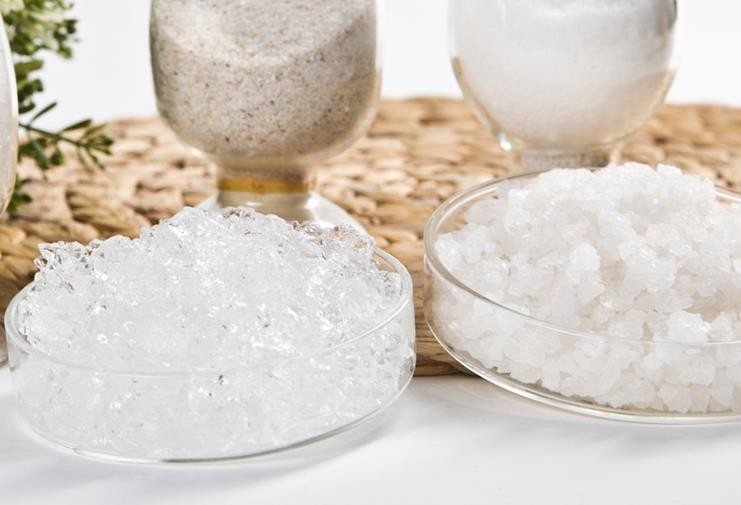At present, super absorbent polymer has been widely used in health, medical and other fields because of its excellent water absorption performance. At the same time, after decades of research and exploration, its performance has been greatly improved. This paper briefly analyzes the main classifications of SAP powder at present.
This type of super absorbent polymer material was originally developed by the U.S. Department of agriculture. The research and development of this material first need to carry out the grafting reaction of starch and acrylonitrile, and then use the hydrolysis of basic compounds to synthesize by introducing hydrophilic groups; In addition, Sanyo of Japan has also developed such materials accordingly. They mainly use starch and hydrophilic monomers for graft polymerization. Then, cross-linking agent is used for cross-linking to obtain corresponding products. For this type of material, it has non-toxic and degradable properties, so it will not damage the surrounding environment. However, after absorbing water, the gel strength of the material will be greatly reduced, resulting in the reduction of the water retention effect of the material, and it is easy to be decomposed in the process of use, losing its use value.
Generally speaking, cellulose modified materials include two different forms: (1) products mainly produced by the reaction of cellulose and chloroacetic acid. In this process, carboxymethyl needs to be introduced and crosslinked with crosslinking agent (2) products formed by graft copolymerization of hydrophilic monomers and cellulose. For this type of super absorbent polymer material, its production materials are rich and belong to renewable resources. However, the water absorption ratio of this material is relatively low, and it is easy to be decomposed by bacteria during use, losing its water absorption function.

As the most widely used super absorbent polymer material in industrialization at this stage, experts and scholars have conducted the most research on it. There are many types of such materials, such as acrylic materials and modified polyvinyl alcohol materials. At present, in China's industrial production, the output of polyacrylic acid (salt) materials is the largest, which is mainly made by monomer copolymerization. In the specific preparation process, the commonly used methods are solution polymerization, in addition to bulk polymerization, etc. The water absorption ratio of this material is relatively high, most of which can reach more than 1000 times.
Compared with the above super absorbent polymer materials, composite materials have stronger functions. It not only has strong salt resistance and water absorption, but also has high gel strength. In terms of thermal stability and water retention, the performance of the material has also been effectively improved. In industrial production, the production process of composite materials is relatively simple. In addition, it also has certain advantages in production cost and efficiency. In addition, composite materials are not easy to decay and damage, and can play a role in increasing structural strength after improvement.

As a new polymer material, super absorbent polymer contains many hydrophilic groups, such as hydroxyl, amino and sulfonic acid groups. It is insoluble in organic solvents and water, and has strong super absorbent function, which makes it widely used in health, medical and many other fields. Understanding the types of SAP powder can help people better understand this material.
Comment(0)
You can comment after
SIGN IN